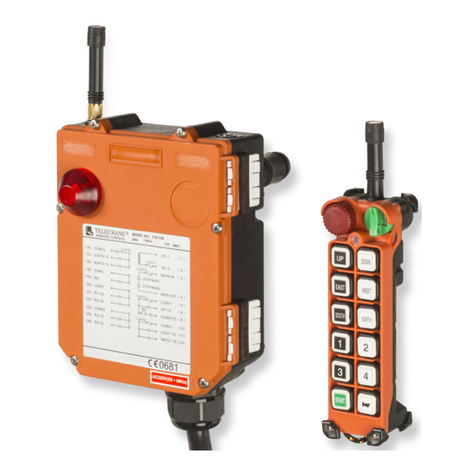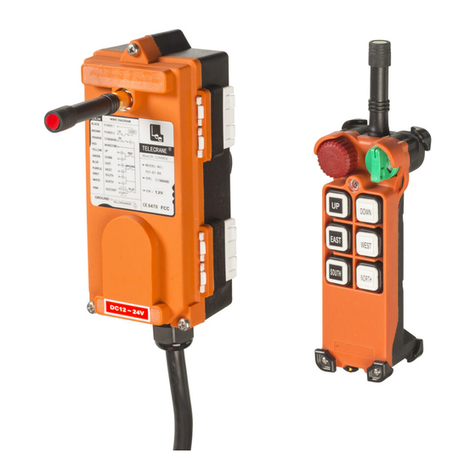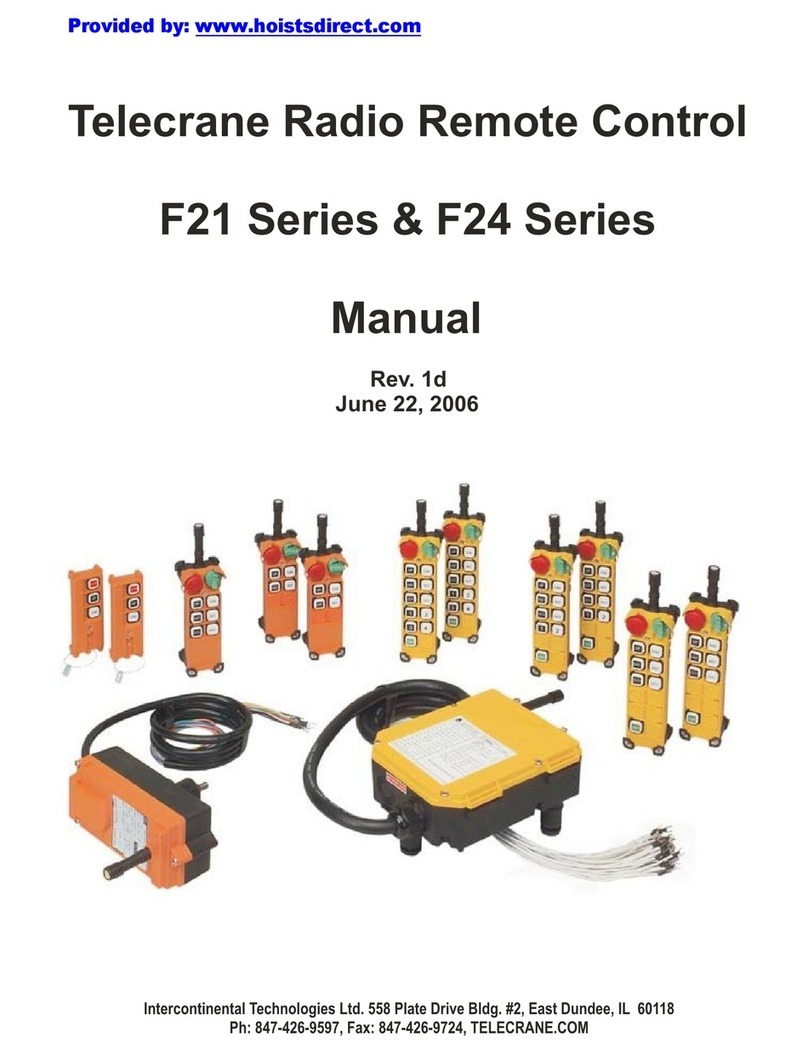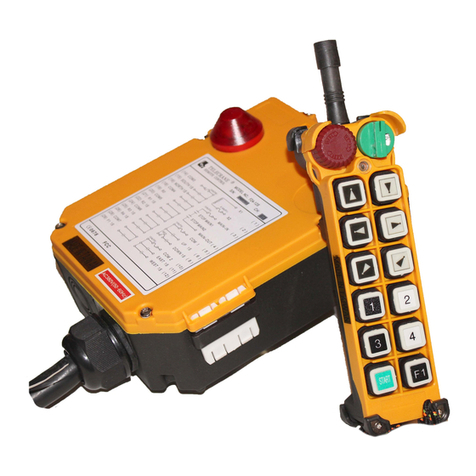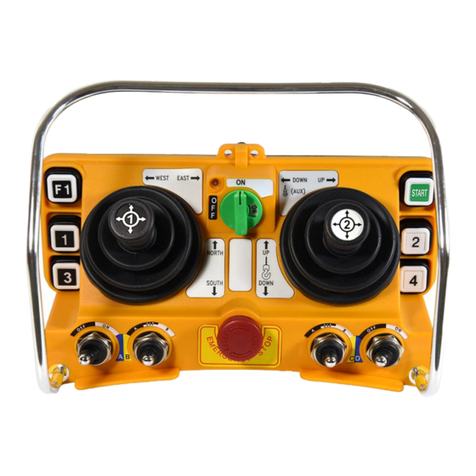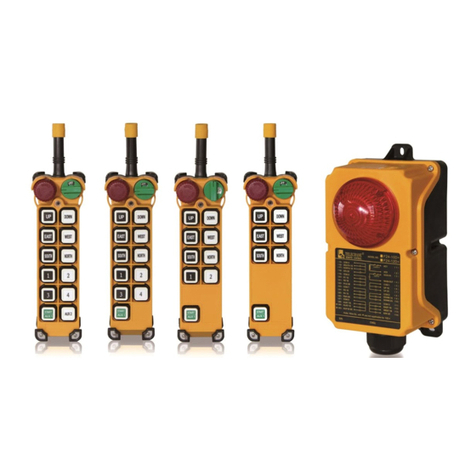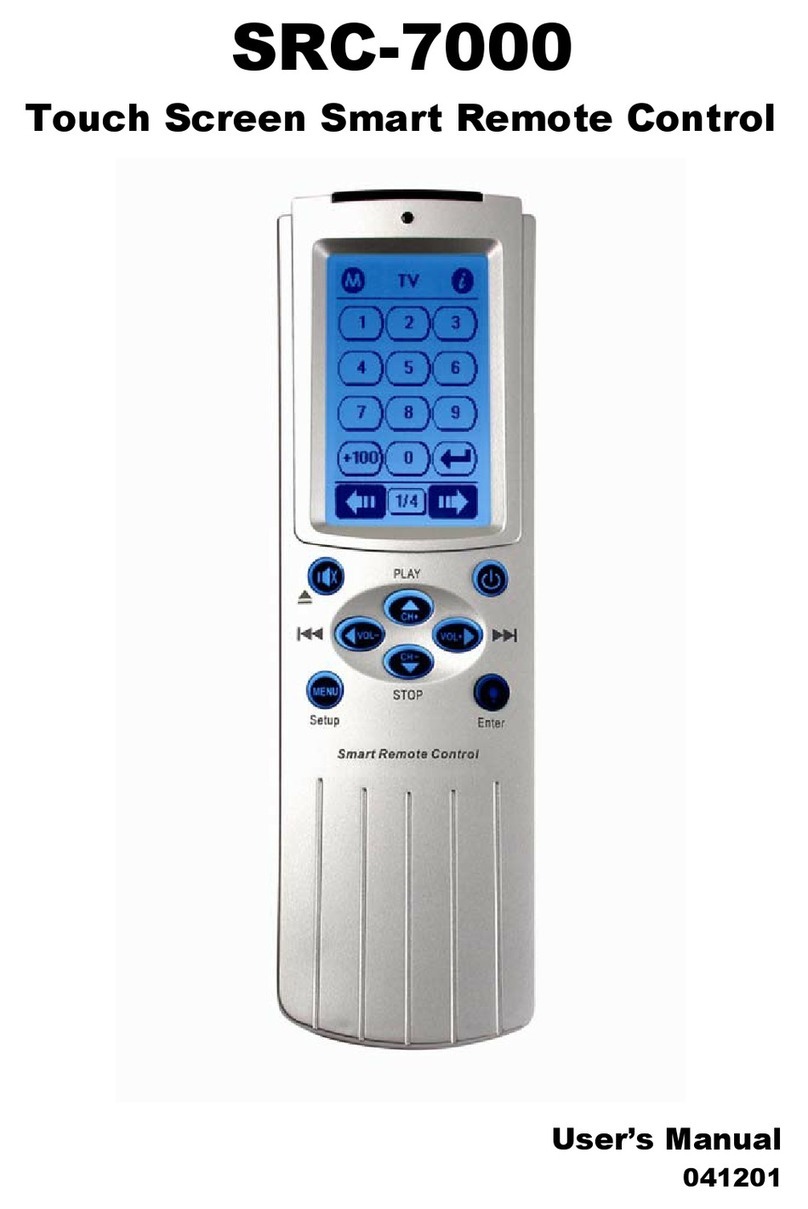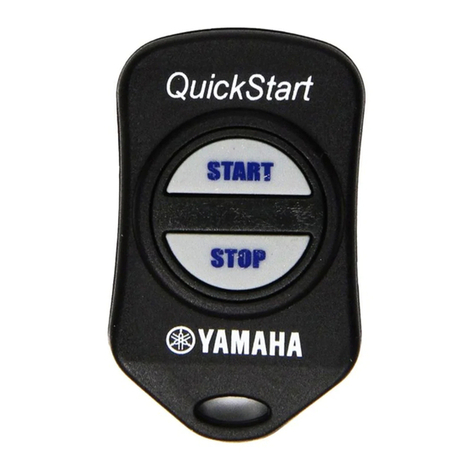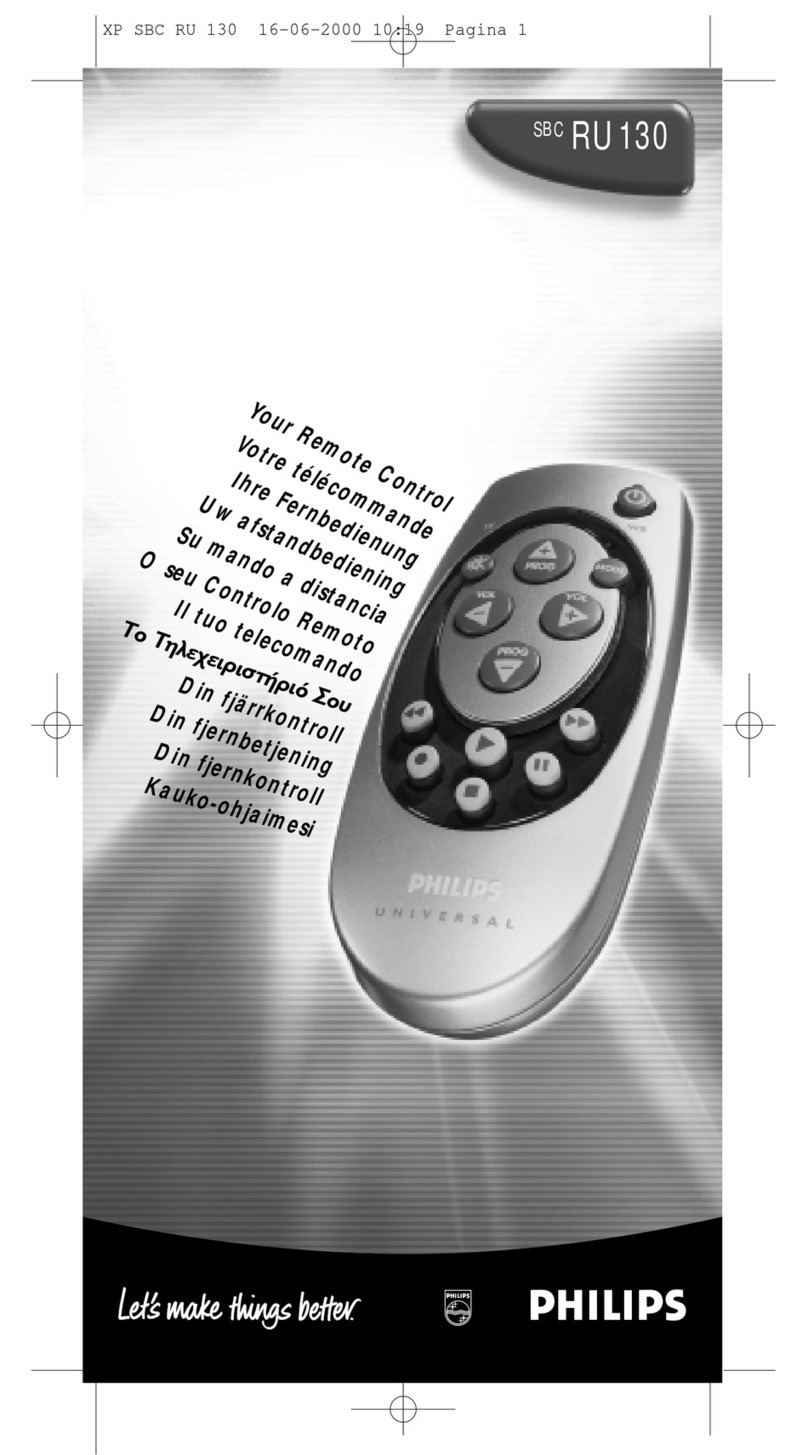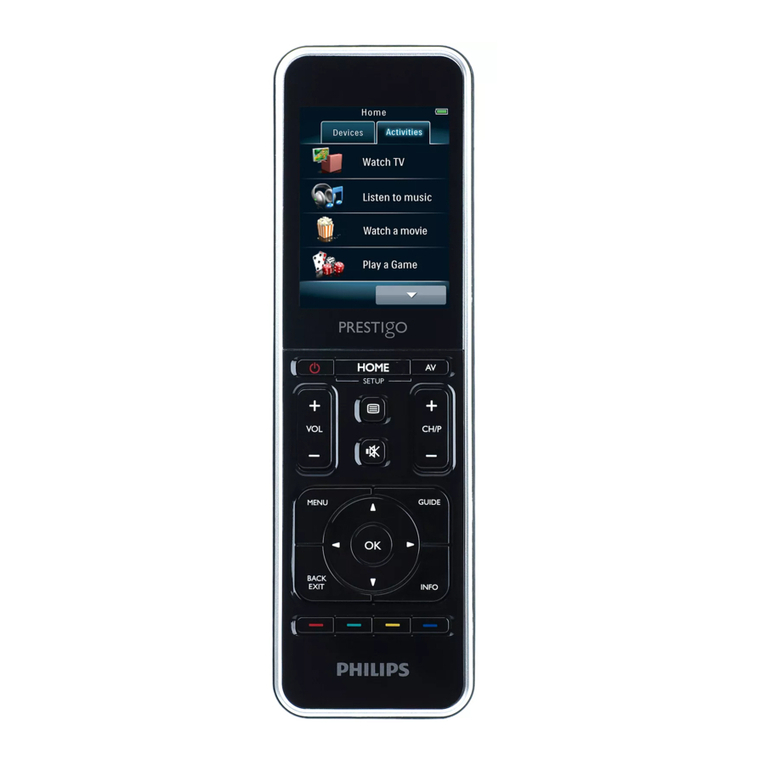
TCM260904 Rev 0.1
TCM260904 Page 2 of 31
CONTENTS
Installation & Operation............................................................................................................................................................................................3
Precautions of Operation.......................................................................................................................................................................................3
Attention...........................................................................................................................................................................................................3
Precautions........................................................................................................................................................................................................4
Procedures of emergency..................................................................................................................................................................................4
General Characteristic...............................................................................................................................................................................................5
General Specifications ..........................................................................................................................................................................................5
Transmitter Specifications ....................................................................................................................................................................................5
Receiver Specifications.........................................................................................................................................................................................5
F21-12D/12S system ........................................................................................................................................................................................6
F21-6D/6S system: ...........................................................................................................................................................................................6
Transmitter parts...............................................................................................................................................................................................7
Installation.................................................................................................................................................................................................................9
Precautions during installation..............................................................................................................................................................................9
Receiver Installation Instructions........................................................................................................................................................................10
Preparation for Installation .............................................................................................................................................................................10
Installation of proper power source............................................................................................................................................................10
Installation Sequence......................................................................................................................................................................................11
Notes...............................................................................................................................................................................................................11
Operation.................................................................................................................................................................................................................12
Start Up...............................................................................................................................................................................................................12
Power indicating functions of LED display....................................................................................................................................................12
Power-On operation............................................................................................................................................................................................12
Any pushbutton Power-On Mode...................................................................................................................................................................12
“Start” (Magnetic Key switch) Power-On Mode............................................................................................................................................12
E.U. standard Power-On Mode.......................................................................................................................................................................13
Software Power-On Mode ..............................................................................................................................................................................13
Acceleration / Deceleration Operation............................................................................................................................................................13
Inching Operation...........................................................................................................................................................................................13
Change of Frequency......................................................................................................................................................................................14
Procedure for changing operation frequency:.............................................................................................................................................15
Enter password operation................................................................................................................................................................................15
Function Setting ......................................................................................................................................................................................................16
Start Switch Function Setting:.............................................................................................................................................................................16
Up/Down Pushbutton Function Setting:..............................................................................................................................................................16
East/West Pushbutton Function Setting:.............................................................................................................................................................17
South/North Pushbutton Function Setting:..........................................................................................................................................................17
R1/R2Pushbutton Function Setting:....................................................................................................................................................................18
R3/R4 Pushbutton Function Setting:...................................................................................................................................................................18
R5/R6 Pushbutton Function Setting....................................................................................................................................................................19
Other Transmitter Functions ...............................................................................................................................................................................20
Other Receiver Functions:...................................................................................................................................................................................23
Setting Of Channels............................................................................................................................................................................................24
Password code setting.........................................................................................................................................................................................24
Function setting by radio: ...................................................................................................................................................................................24
Inspection and Maintenance....................................................................................................................................................................................25
Inspection............................................................................................................................................................................................................25
Maintenance........................................................................................................................................................................................................25
Troubleshooting.......................................................................................................................................................................................................26
Self-Diagnostics..................................................................................................................................................................................................26
Notes:..............................................................................................................................................................................................................26
Transmitter Malfunctions and Solutions.............................................................................................................................................................27
Receiver Malfunction and Correction.................................................................................................................................................................28
Malfunction Identification. .................................................................................................................................................................................30
Revision History......................................................................................................................................................................................................31
